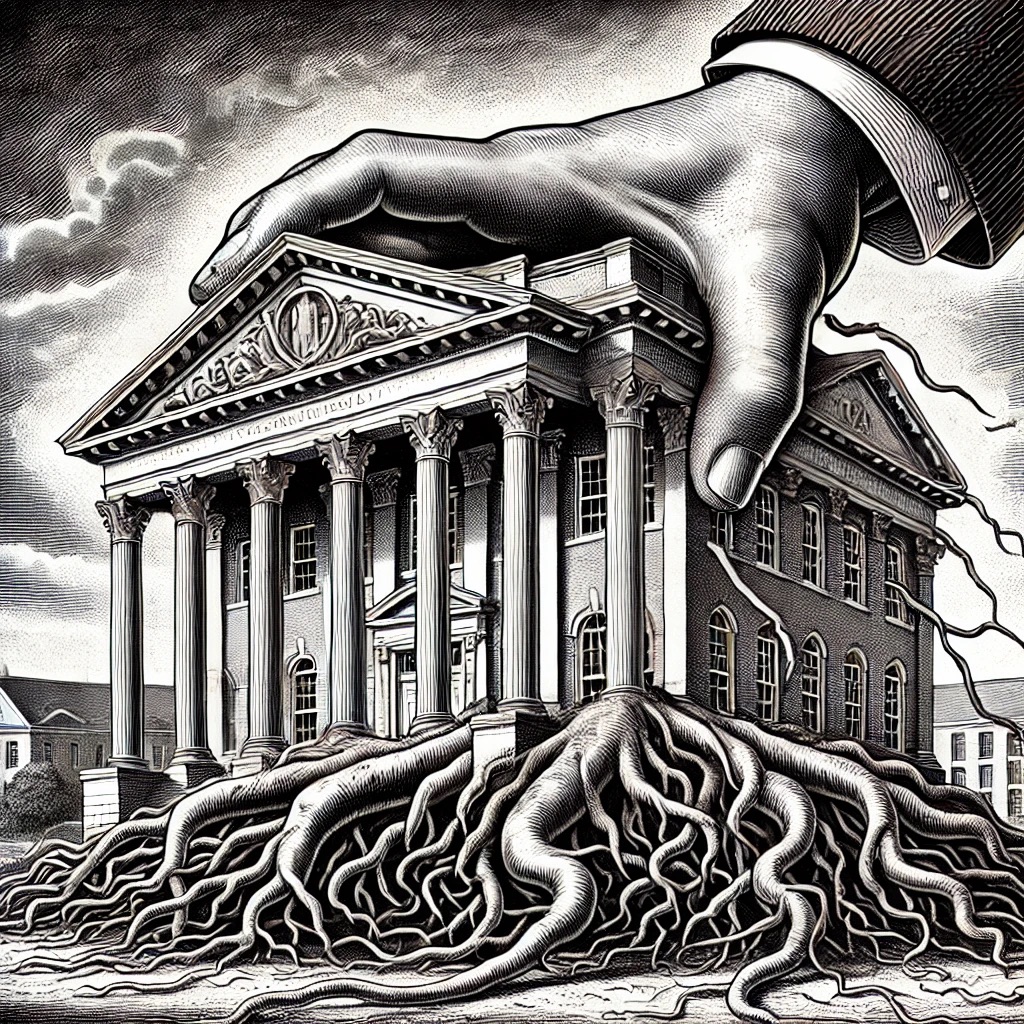MONTGOMERY, Ala. — Alabama, home to more Historically Black Colleges and Universities (HBCUs) than any other state, faces a dire crisis as federal funding freezes under President Donald Trump’s administration threaten the survival of these historic institutions.
With 14 HBCUs, including eight universities and six community colleges, Alabama has been a cornerstone for Black education since the 19th century. Institutions like Alabama A&M University, founded by former slave Dr. William Hooper Councill, have provided critical opportunities for African Americans in the face of systemic exclusion from predominantly white institutions. These schools have produced a significant portion of Black professionals nationwide, including 40% of African American members of Congress and 50% of Black lawyers.
However, recent executive orders halting federal grants and loans could cripple these institutions. HBCUs rely heavily on Pell Grants and federal student loans, with 75% of students depending on Pell Grants and 15% on loans to fund their education. Without this support, many students may be forced to drop out, faculty positions could be cut, and entire semesters canceled.
The funding freeze also coincides with the suspension of USDA scholarships for agriculture students at HBCUs, further compounding the financial strain. Proposed legislation like the College Cost Reduction Act (CCRA) threatens to eliminate Parent PLUS and Graduate PLUS loans, which could result in a nearly 19% funding reduction for HBCUs nationwide.
Alabama’s HBCUs are not only educational institutions but also economic engines for the state. They prepare a disproportionate number of African American students for STEM fields and contribute significantly to local economies. The Alabama Office of Minority Affairs has emphasized their importance in sustaining educational equity and economic growth.
This crisis highlights the broader implications of federal policy shifts on marginalized communities. Advocates warn that without immediate intervention, Alabama risks losing a vital part of its history and future—a network of schools that have transformed lives for over 150 years.

